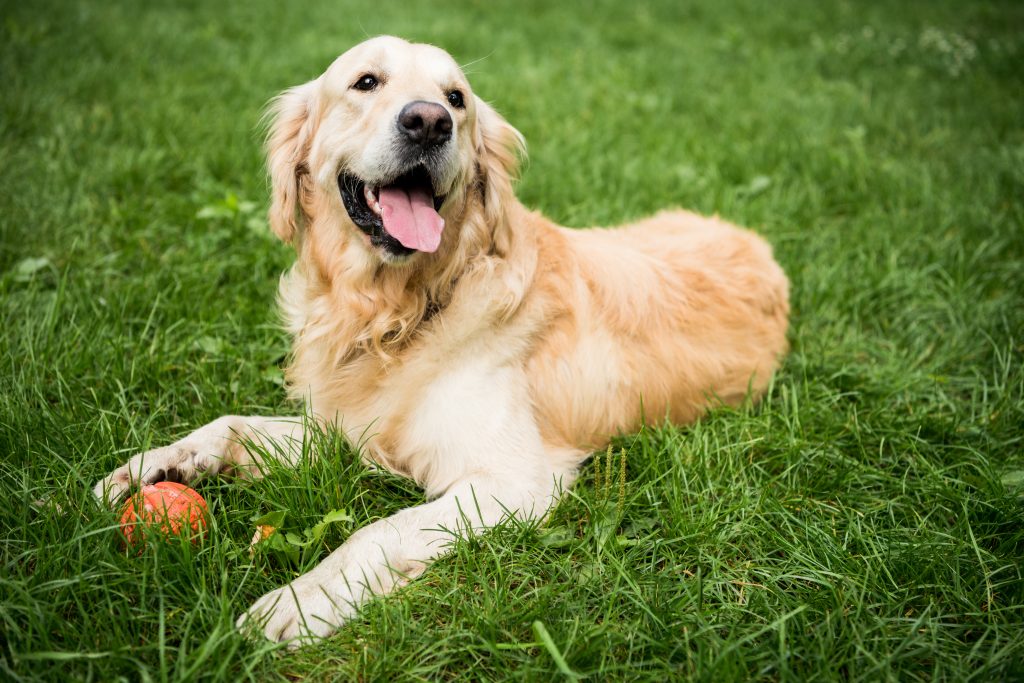
“A dog’s sense of smell is up to 100,000 times more sensitive than human’s.” One statistic turns the tale around about what matters to them and it is not the designer bed or fashion collar. With canines, happiness is accumulated in the minutiae: the way you talk to them, the way you honor their boundaries, and even if you allow them to have a second at a lamp post.
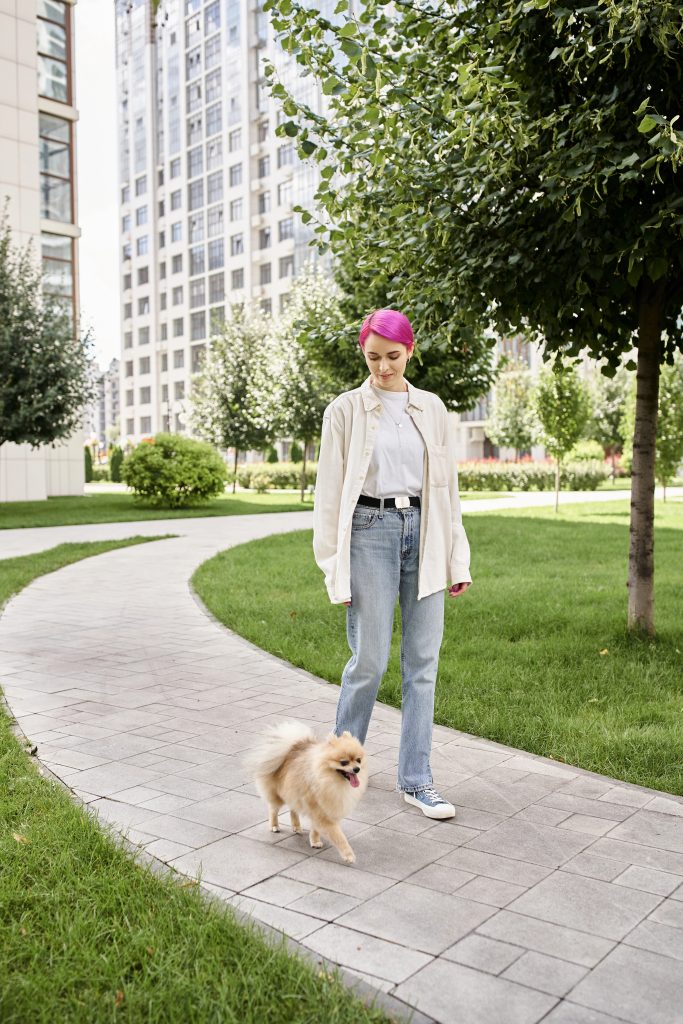
Many dog owners learn the essentials feeding, walking, visits to the vet but neglect the small, habitual actions that make a dog feel safe, heard, and loved. These micro-moments can dictate your dog’s confidence level, mitigate stress, and build a bond stronger than flashy introduction ever could. From the scientific advantages of sniffing to how to read a dog’s body language, this is a guidebook of little, thoughtful actions that have an enormous impact on your pup’s well-being.
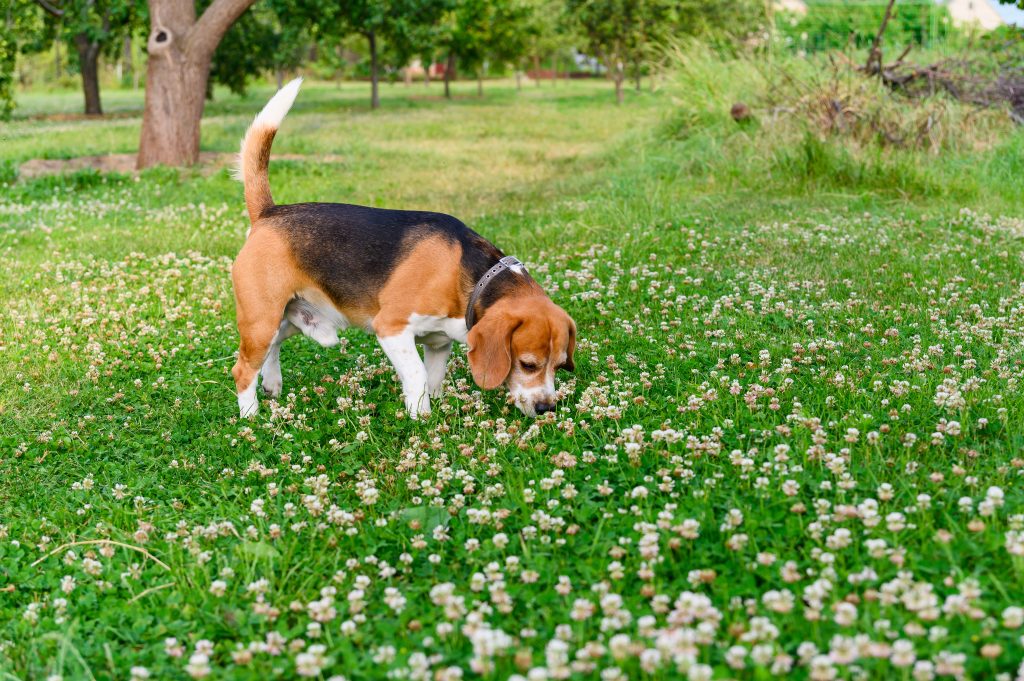
1. Let Them Sniff It’s Their Social Media
For a dog, each smell has a tale to tell. Researchers such as Alexandra Horowitz, in her book Being a Dog, have explained that sniffing is the manner in which dogs “look” at the world, mapping odors rather than miles. With as many as 300 million scent receptors, their noses are able to survey who walked by, what they had for lunch, and even tomorrow’s weather. Allowing slow sniff time outs isn’t pampering it’s brain stimulation.
Taking the dog on a rush walk is akin to “taking you to an art museum, then blinding you,” says trainer Staci Lemke, CPDT‑KA, RVT. Unhurried, winding “sniff walks” can reduce pulse rates, cause dopamine to peak, and exhaust your dog as much as a jog-a-thon. Allowing them to select the path periodically introduces freedom, building confidence and decreasing stress.

2. Talk Politely Your Tone Is Every Thing
Dogs aren’t so much dissecting every word, but they’re masters of tone recognition. Being spoken to in a soothing, calm voice conveys the signal of safety, whereas screaming or abrupt tones will create anxiety. Harmony Diers of the Texas A&M College of Veterinary Medicine discusses how easy communication makes dogs feel at ease with their surroundings.
Blending soft tone with reward treat, praise, or play confirms your dog that she is safe in the learning process. Through repetition, your voice will signal safety to your dog, and they will find it easier to navigate a new or difficult situation.
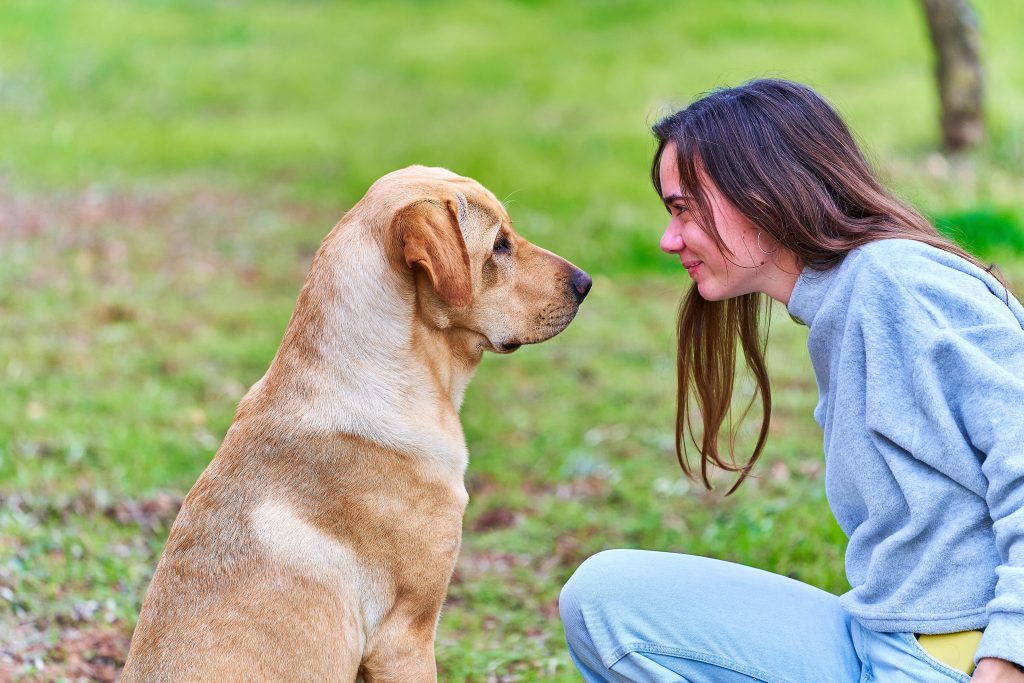
3. Master the Art of Soft Eye Contact
Whereas the hard look is intimidating to a dog, soft and loose eye contact coupled with slow blinking can be a trust-facilitating strategy. It is as much as dogs show affection to each other.
You can also determine if they’re comfortable by reading their eyes. Smooth, squinty eyes? They’re comfortable. Wide “whale eyes” with whites showing? That’s stress. With the right reaction by giving them room or giving them comfort then you’re reinforcing that you’re on the same page with their needs.
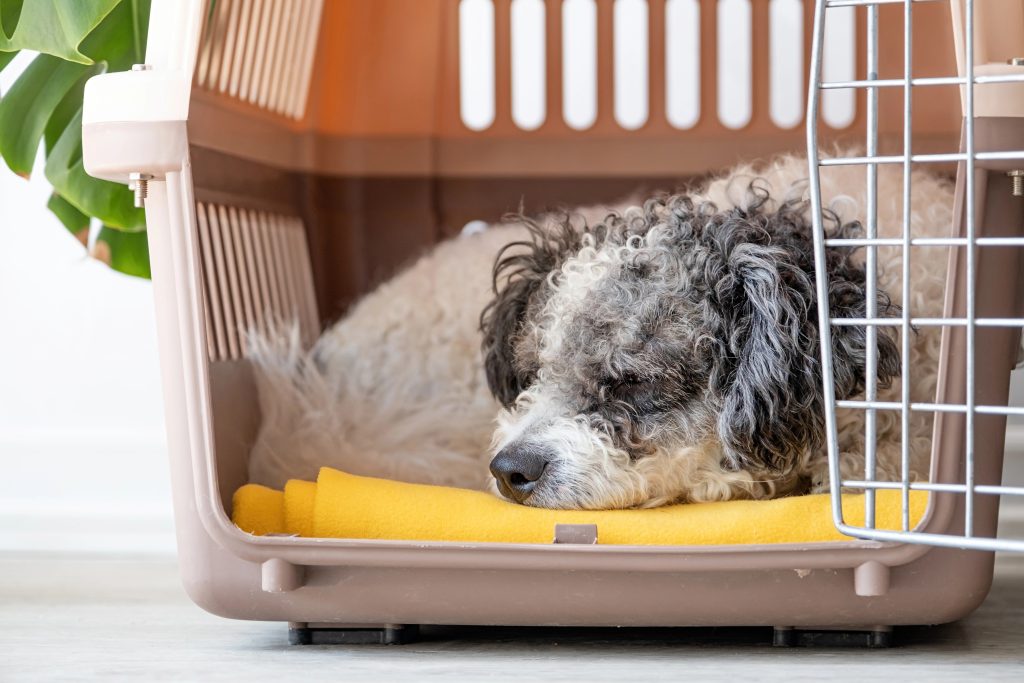
4. Respect Their Personal Space
Not all dogs love constant contact. Some need to be able to retreat to relax, especially when sleeping. Forcing them to engage can break trust, but letting them come in on their own terms is respectful.
Offering a safe refuge a crate, bed, or quiet space puts them in charge. As Zazie Todd, PhD, and author of Wag, explains, “Your aim is to make the dog feel safe.” That sense of security is the gateway to deeper connection.
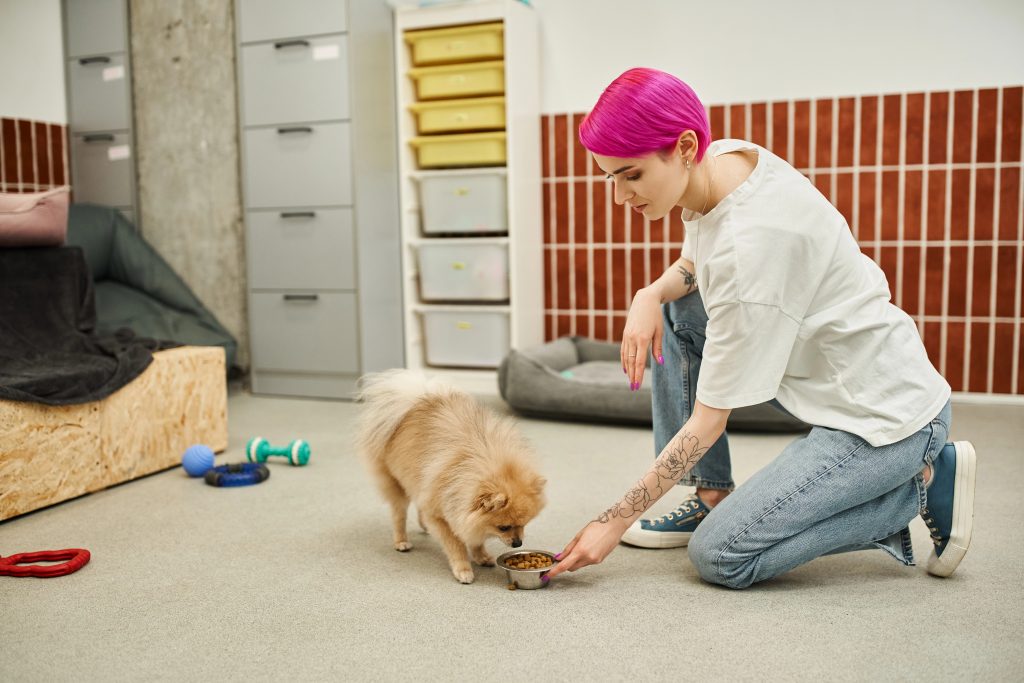
5. Stick to a Consistent Routine
Dogs prefer to know what is coming. Establishing meal times, walks, and playtimes cuts down on uncertainty and allows them to unwind. Rescue or nervous dogs in particular don’t like sudden changes.
Consistency also simplifies training. Predictability establishes trust, and trust accelerates learning and makes it more enjoyable, trainer Jane Sigsworth explains. Even small rituals such as a morning greeting or evening goodnight become emotional milestones for your dog.
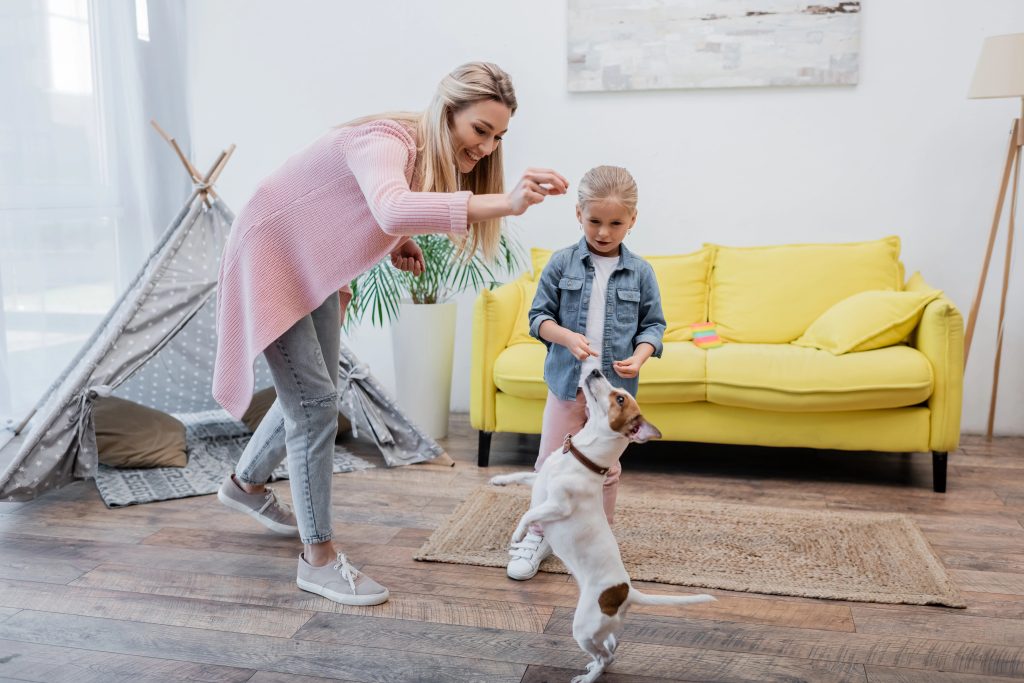
6. Positive Reinforcement Practice
Punishment will erode trust and breed fear. Instead, concentrate on rewarding the behavior you want to see more often. Positive reinforcement in operant conditioning terminology means adding something your dog prefers immediately after the desired action so that it is likely to occur again.
Rewards are toys, treats, or praise something that makes your dog move. Timing is everything: reward very, very fast so they associate the action with the reward. Eventually, you can start to sometimes reward and sometimes not, but always include a verbal cue along with the reward so they continue the behavior.

7. Learn Their Body Language
Dogs communicate with their entire body ears, tail, posture, eyes. A wag is not necessarily happy; tail height, speed, and direction are important. A loose-body, slow, wide wag indicates contentment, and a high, stiff wag may indicate alertness or agitation.
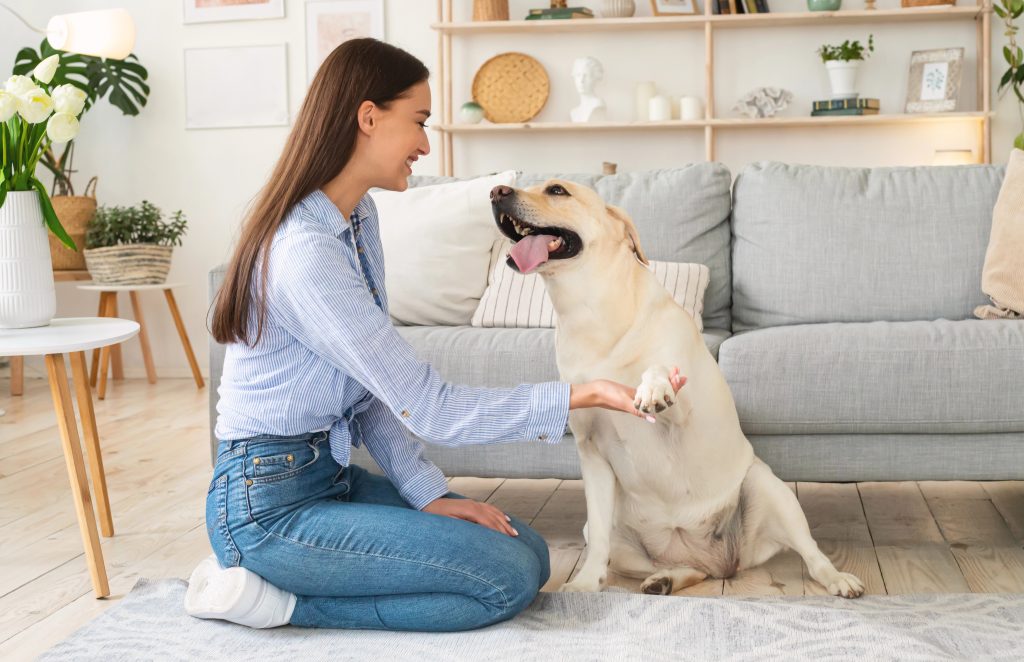
Harmony Diers explains how being able to see signs of lip-licking, yawning, or stepping away from you can allow you to intervene before tension arises. Paying attention to and honoring these signals not only avoid miscommunication but also indicate to your dog that they are heard building trust in the relationship with you.
Your dog’s most important behaviors aren’t grand actions those are tiny, steadfast behaviors of respect, patience, and compassion. By allowing them to sniff, talking in a gentle voice, honoring their limits, and reading body language, you’re communicating in the language of trust. Over time, these vigilant behaviors intertwine into an unbreakable connection that is safe, joyful, and also for both of you.


